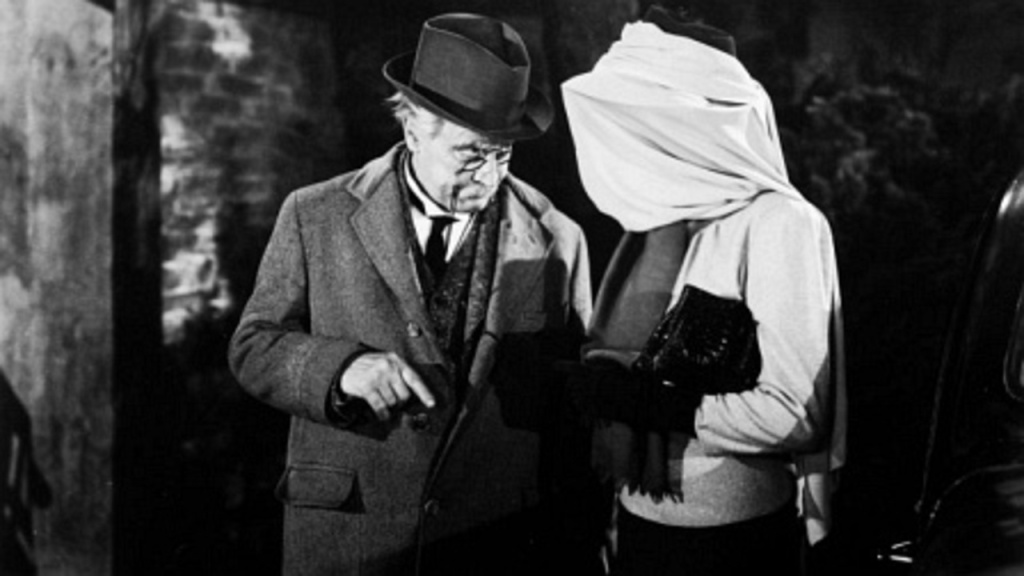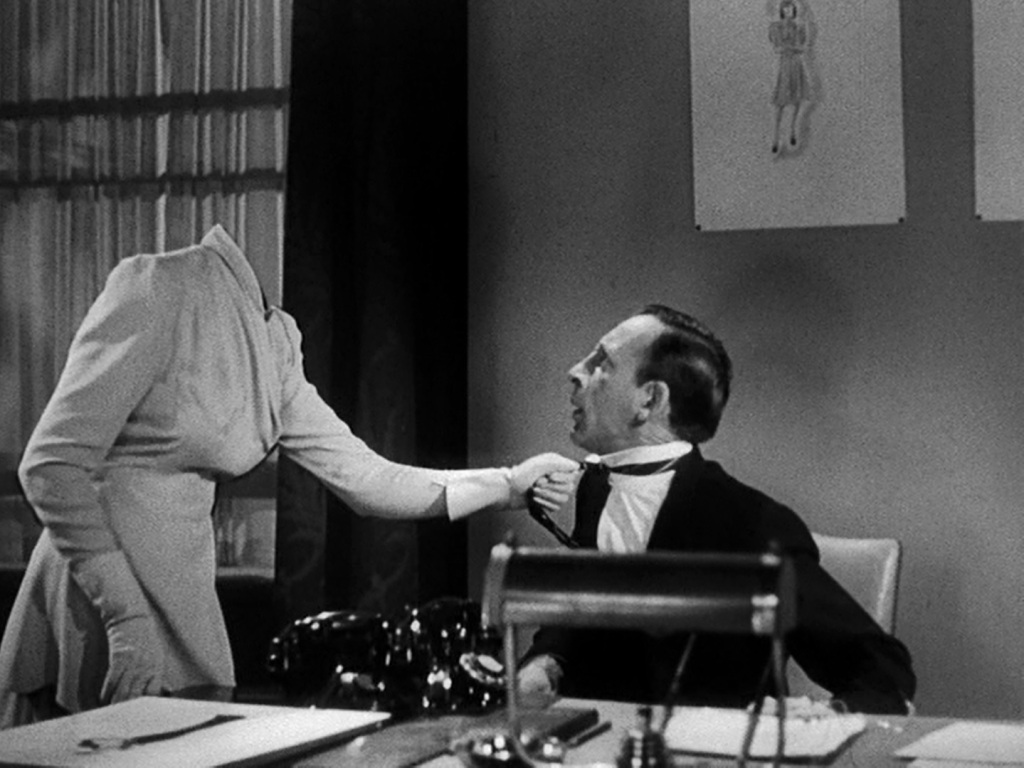I’ve set myself the challenge of watching all 28 films from Universal Studios’ golden age of horror that feature Count Dracula, Frankenstein’s Monster, the Mummy, the Invisible Man (or an equivalent character), the Wolf Man and the Creature from the Black Lagoon…
Spoiler warning: these reviews reveal minor plot points

After a decade or so of Universal’s successful run of monster films, the world was changing. The Depression had ravaged many American families and, although the US was yet to enter proceedings, the Second World War was now raging in Europe. Perhaps that’s why the studio injected some comedy into its series. Everyone needed a laugh in 1940.
The Invisible Woman’s storytelling has a similar mood and pace to His Girl Friday – Howard Hawks’s sublime romcom from earlier that same year – while another Cary Grant film, 1937’s ghost comedy Topper, was also an influence. The dialogue is littered with sarcasm and self-deprecation, while scenes feature double-takes, prat-falls and plinky-plonky incidental music. It all results in a bright and likeable experience, directed by a man with real comedy pedigree: London-born A Edward Sutherland had been one of the original Keystone Cops; had worked with Chaplin and Laurel & Hardy; and had recently directed Abbott & Costello’s first ever movie. We are a far wolf’s cry from the spooky Gothicana of Dracula and Frankenstein.
Rather than a conventional sequel, The Invisible Woman is narratively unrelated to Universal’s earlier Invisible Man movies. We’re introduced to an eccentric scientist, Professor Gibbs (John Barrymore in one of the final roles of his lauded career), who is working for an American dilettante called Richard Russell (John Howard). When it’s pointed out that Gibbs is spending a lot of money, Russell is blasé: ‘He must be inventing something. I never asked.’ In fact, Gibbs is developing an invisibility process. He tried it on a cat, but the effect wore off, so he now places a classified ad in the Daily Record newspaper. Initially the wording reads ‘Wanted – a human being, willing to become invisible, $3000 remuneration’, but Gibbs has a rethink and changes ‘$3000’ to ‘no’.
And then – how’s about this for a plot twist? – a *woman* replies!
The woman in question, Kitty Carroll, is a department-store model who’s bored with life. She seems game for taking a risk, so Gibbs reluctantly agrees to let her try his process, which plays as a whimsical parody of Dr Frankenstein’s experiments: there’s scientific equipment abuzz, levers to pull, and bolts of electricity flashing between coils. Originally, Margaret Sullavan – who was under contract to Universal – was cast in the role of Kitty, but she was eager to do another project instead… so simply didn’t show up for the filming. Virginia Bruce stepped in at the 11th hour, bringing a good deal of comic energy to the film, while Sullavan, who’d recently co-starred with James Stewart in The Shop Around the Corner, was hit with a legal backlash.

After the invisibility procedure, Kitty is of course able to move around unseen. So the first thing she does is return to the department store to prank her obnoxious boss and some prim, posh customers. She has lots of fun, as does the creative team responsible for the film’s special effects – we see clothes and gloves moving around as if by magic, doors slamming of their own accord, and Kitty’s boss trapped under a window sash. Elsewhere, a romcom thread is sewn when Kitty encounters Richard, but sadly the unquestioned sexism of the era means that, from this point on, Kitty’s entire personality becomes related to her appearance, her figure and her clothes. Will Richard still fancy her when he can *see* her?! (Just generally, the movie seems childishly giddy with the risqué conceit that the invisible Kitty is actually naked through all this.) There’s also a crime subplot involving a gangster played by Three Stooges member Shemp Howard, but this never feels essential.
Instead it’s the breezy comedy, the playful special effects, Virginia Bruce’s charm, and the comedic secondary characters – a housekeeper played by The Wizard of Oz’s Margaret Hamilton, a butler played by Charlie Ruggles – that create a diverting 70 minutes of fun.
Seven combinations of chemical, biological and dynamic influences out of 10
Next time: It’s a wolf, man! It’s the Wolf Man!